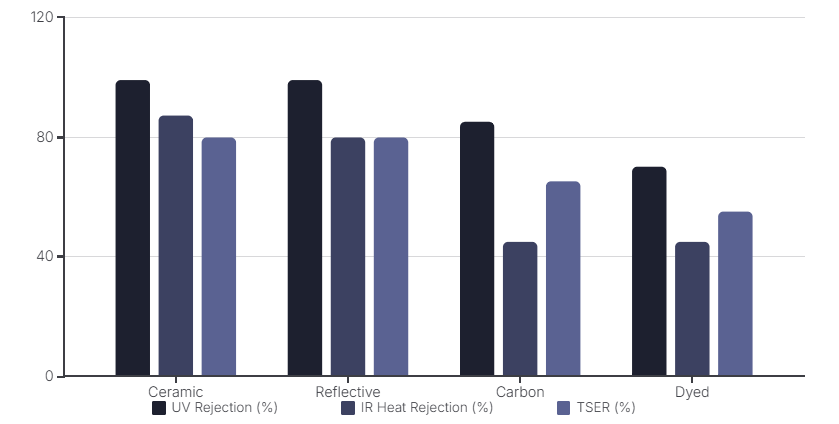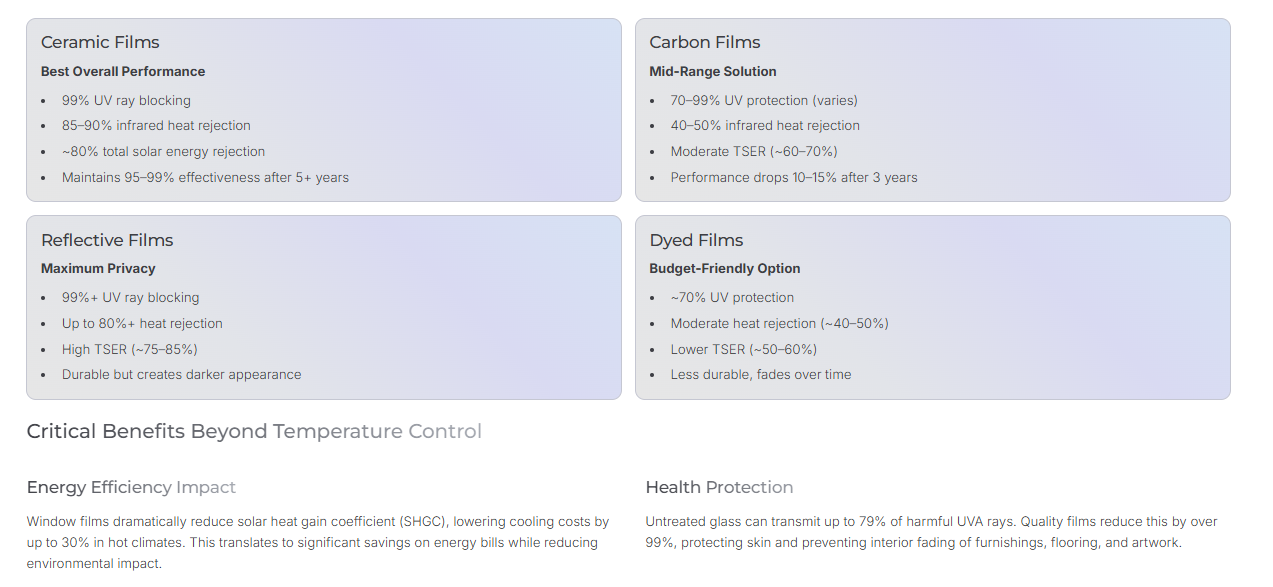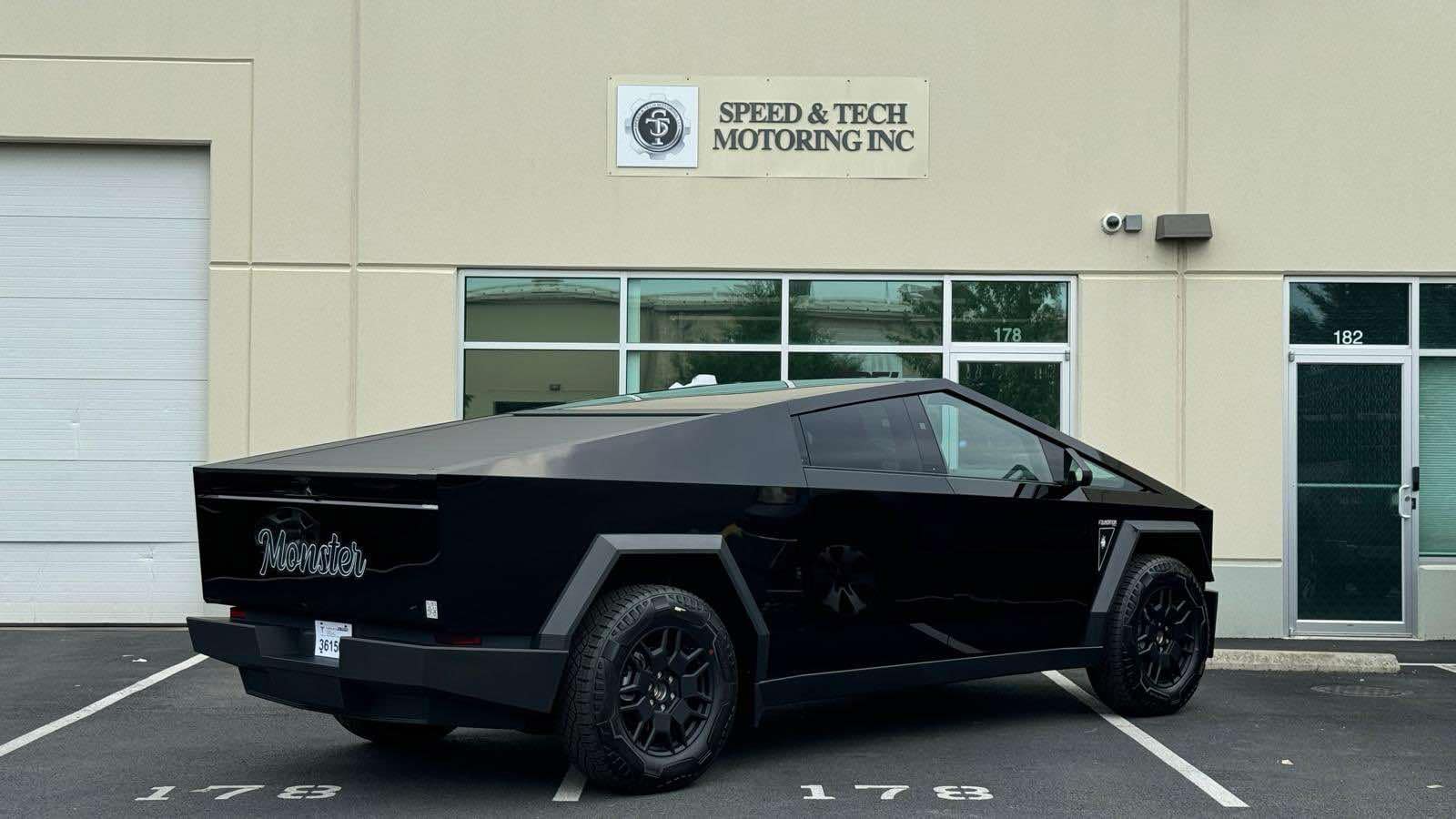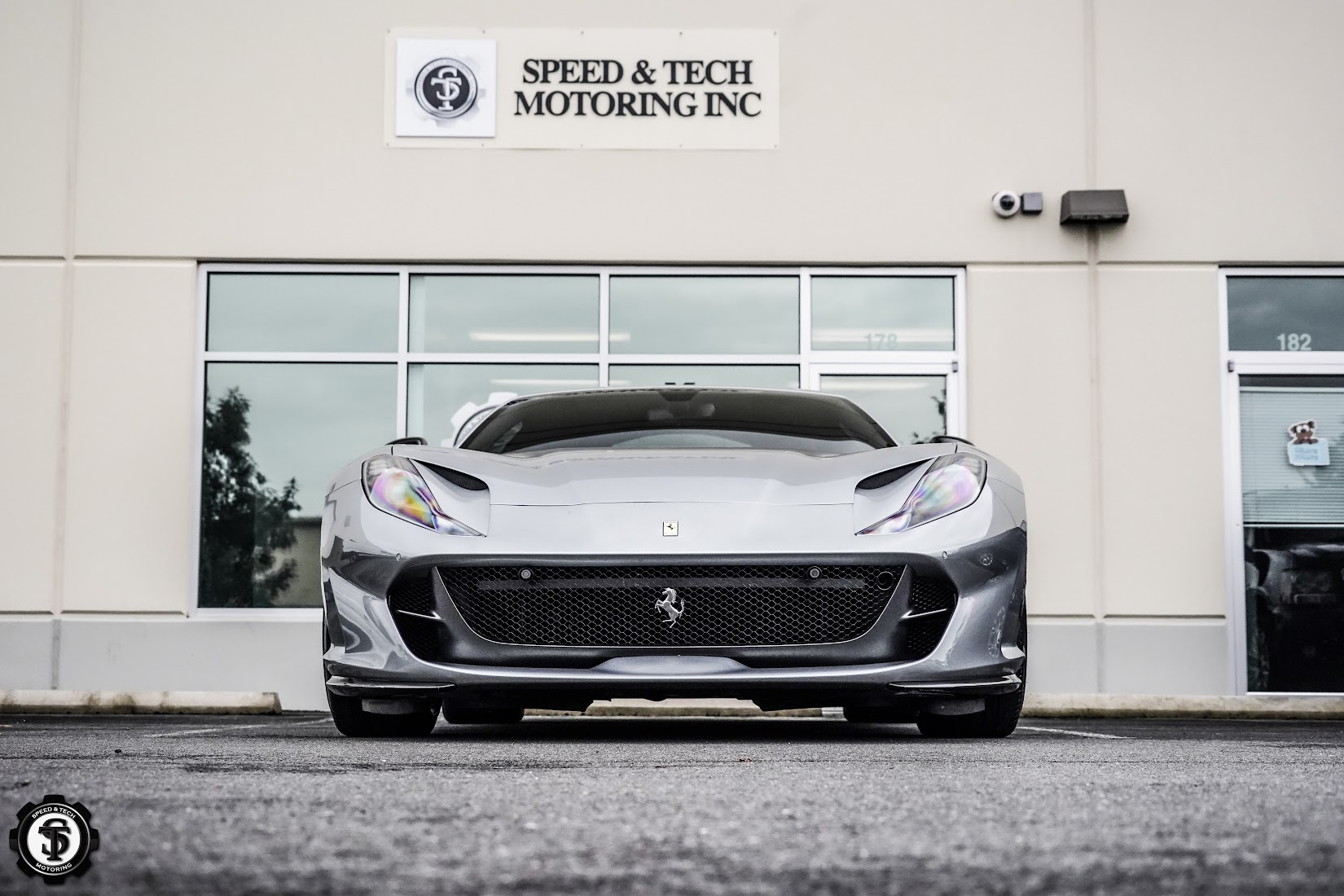Window Tinting is one of the most widely used methods for controlling heat, light, and ultraviolet radiation through glass surfaces. Whether used in cars, homes, or office buildings, tinting films provide a combination of protection, comfort, and improved visibility. They are designed with advanced materials that not only regulate temperature but also increase safety by holding glass together in case of damage.
Learning about the different types of window tinting films is essential for making the right choice. Each category of film offers distinct advantages, limitations, and best-use scenarios. By studying their construction, performance, and durability, individuals can make informed decisions that balance protection, aesthetics, and long-term reliability.
Introduction To The Importance Of Window Tinting Films
Window Tinting For Heat And Temperature Control
Window Tinting Sterling VA plays a crucial role in reducing heat penetration inside vehicles and buildings. By limiting the amount of solar energy that enters through glass, it prevents overheating of interiors and reduces reliance on cooling systems. In hot climates, this benefit contributes to greater energy efficiency and comfort.
Window Tinting For Health And Safety Benefits
Exposure to direct sunlight increases the risk of skin damage caused by ultraviolet radiation. Tinting films filter out up to 99% of these harmful rays, which helps protect skin health and reduce the chance of premature aging. Additionally, less glare means fewer eye strain issues during long driving hours.
Window Tinting For Interior And Material Preservation
Continuous sunlight exposure causes upholstery, dashboards, and fabrics to fade or crack over time. Window Tinting acts as a barrier that reduces deterioration of materials inside cars and buildings. This protective quality ensures interiors maintain their durability and appearance for longer periods.

Explaining The Science Behind Window Tinting Films
The Structural Composition Of Window Tinting Films
A standard film consists of multiple thin layers, including adhesives, filtering substances, and protective coatings. These layers combine to absorb or reflect different forms of light energy. Each component is engineered to maximize effectiveness while keeping transparency at acceptable levels.
The Process Of Blocking Ultraviolet Radiation
Films contain chemical additives or nanoparticles that are designed to intercept ultraviolet radiation. These compounds either absorb or reflect UV light, preventing it from passing through the glass surface. As a result, both human health and material preservation are greatly improved.
Technological Improvements In Modern Window Tinting Films
Earlier tinting relied on basic dyes, which offered only limited effectiveness. Modern films now include advanced materials such as ceramics, carbon particles, and metallic layers. These improvements enhance performance by improving heat rejection, durability, and overall clarity of the glass.
Dyed Window Tinting Film And Its Uses
Manufacturing Method Of Dyed Window Tinting Films
Dyed films are constructed by embedding colored dye between adhesive and protective layers. The dye absorbs solar light and reduces brightness passing through the glass. This method provides a shaded appearance while offering a basic level of UV filtering.
Advantages Provided By Dyed Window Tinting Films
These films are often chosen for their ability to reduce glare and provide a degree of privacy. They also help lower heat inside vehicles, creating a more comfortable environment. Their affordability makes them one of the most accessible tinting options available.
Drawbacks Associated With Dyed Window Tinting Films
Although functional, dyed films are not as durable as advanced alternatives. Over time, they may fade and lose effectiveness under constant sunlight exposure. Additionally, their heat rejection capacity is lower compared to carbon or ceramic-based films.

Metalized Window Tinting Film For Strong Heat Rejection
The Design And Structure Of Metalized Tint Films
Metalized films are built by incorporating small metallic particles within the film’s layers. These particles reflect sunlight, making the glass more effective at controlling heat. The reflective appearance also gives the glass a distinct look.
Benefits Of Using Metalized Window Tinting Films
They provide excellent heat rejection, making them useful in areas with high solar intensity. The metallic particles also strengthen the glass, making it less likely to shatter. Their durability means they generally last longer than dyed films.
Disadvantages Of Metalized Window Tinting Films
One of the biggest issues with metalized films is interference with electronic signals such as mobile reception and GPS. Additionally, the reflective look may not appeal to individuals preferring a natural glass appearance.
Hybrid Window Tinting Film With Combined Properties
The Structure Of Hybrid Window Tinting Films
Hybrid films combine layers of dyed material and metallic particles to create a balanced film. This approach minimizes the weaknesses of each individual type. The result is a product that delivers moderate performance across multiple features.
Advantages Of Installing Hybrid Window Tinting Films
These films reduce glare more effectively than simple dyed versions and provide stronger heat rejection. At the same time, they create fewer problems with electronic signal interference than fully metalized films. This balance makes them suitable for varied conditions.
Limitations Of Hybrid Window Tinting Films In Use
Although more advanced than dyed films, hybrids are still less effective than high-grade ceramic or carbon films. They also may develop slight reflective properties that some users dislike. For drivers seeking maximum UV and infrared blocking, better options exist.
Carbon Window Tinting Film For Enhanced Longevity
The Materials Used In Carbon Window Tinting Films
Carbon films are created using carbon particles that filter infrared radiation. Unlike dyed films, they do not rely on pigments that fade over time. Their construction is focused on longevity and consistent performance.
Key Benefits Of Choosing Carbon Window Tinting Films
They offer excellent heat rejection and prevent excessive interior heating. Carbon films also have a matte finish, which many users find more appealing than shiny metallic surfaces. Their resistance to fading ensures a longer service life.
Performance Of Carbon Window Tinting Films Over Time
These films maintain their color stability and heat-blocking properties for years. They are effective in both vehicles and buildings, making them versatile solutions for different applications. Their durability makes them a strong mid-range option.
Ceramic Window Tinting Film With Advanced Nanotechnology
How Ceramic Window Tinting Films Are Produced
Ceramic films are engineered using nano-ceramic particles that do not conduct heat. These advanced materials are transparent to signals but highly effective at blocking harmful rays. Their production process ensures durability and precision.
Advantages Of Ceramic Window Tinting Films For Users
Ceramic films are considered top-tier because they block both ultraviolet and infrared rays effectively. They reduce glare while maintaining maximum visibility, making night driving safer. Importantly, they do not interfere with electronic signals.
Limitations Associated With Ceramic Window Tinting Films
The main challenge with ceramic films is their high cost compared to other options. While they provide outstanding performance, their price may not be suitable for all budgets. Despite this, their durability makes them a long-term investment.
Crystalline Window Tinting Film With Transparent Features
The Distinguishing Properties Of Crystalline Tint Films
Crystalline films are unique because they remain nearly clear while still blocking ultraviolet and infrared rays. Unlike darker films, they maintain the glass’s original appearance. This makes them attractive to those who dislike heavy tint.
The Benefits Of Installing Crystalline Tint Films
They allow maximum light transmission while still protecting against heat and UV radiation. This means interiors stay cooler without darkening the windows. They are ideal for regions with strict laws regarding window darkness.
Common Scenarios Where Crystalline Films Are Useful
These films are especially suitable for users who want invisible protection. Drivers who prefer a natural glass look while still achieving effective performance often select crystalline options.
Security And Safety Window Tinting Films For Protection
The Construction Of Security And Safety Tint Films
These films are built thicker than standard versions and feature reinforced adhesive layers. Their design ensures the glass holds together in case of impact, reducing risks of injury.
Practical Advantages Of Safety Window Tinting Films
They protect against accidental breakage and deliberate intrusion attempts. In addition, they increase safety during road accidents by keeping broken glass attached to the film. This property enhances both security and comfort.
Everyday Applications Of Security And Safety Tint Films
They are widely used in urban environments, commercial buildings, and family vehicles. By minimizing the danger of glass shattering, they create safer conditions in both private and public spaces.
Decorative Window Tinting Films With Unique Visual Effects
The Aesthetic Properties Of Decorative Tint Films
Decorative films are designed for visual appeal rather than performance. They include frosted, patterned, or colored designs that transform the appearance of glass surfaces. Their main use is stylistic customization.
Functional Benefits Of Decorative Window Tinting Films
While they improve aesthetics, decorative films also provide privacy without blocking natural light. They are commonly used in office meeting rooms and residential spaces where visibility control is needed.
Examples Of Decorative Tinting Film Applications
They are often applied in showrooms, retail shops, and branding projects. Businesses can use them to add logos or artistic effects while still maintaining transparency.
Speed & Tech Motoring Serving the Hattontown Community and Beyond in Reston, VA
Speed & Tech Motoring is dedicated to serving the diverse needs of the local community of Reston, VA, including individuals residing in neighborhood like Hattontown. With its convenient location near landmarks such as the Celebree School of Herndon-West Reston, Reston Hospital Center and major intersections like Dulles Toll Rd (VA-267) & Fairfax County Pkwy (VA-286) and Dulles Toll Rd & Centreville Rd (VA-657) (coordinates: 38.96444501839998, -77.38471290084816), we offer window tinting services.
Get window tinting Services at Hattontown Now
Navigate from Hattontown to Speed & Tech Motoring Now
Which Window Tinting Films Work Best for Heat and UV Control?
Key Performance Metrics of Popular Window Tint Films
Tint Type UV Rejection (%) Infrared Heat Rejection (%) Total Solar Energy Rejection (TSER) (%) Durability (Heat Rejection Retention) Ceramic 99 85–90 ~80 Maintains 95–99% after 5+ years Carbon 70–99* 40–50 Moderate (~60–70) Drops 10–15% after ~3 years Dyed ~70 Moderate (~40–50) Lower (~50–60) Less durable, fades over time Reflective 99+ High (varies, up to 80+) High (~75–85) Durable, but darker appearance
Visual Highlights:
- Ceramic films block up to 99% UV rays and 85–90% infrared heat, offering the best cooling and protection.
- Carbon films provide good UV protection and moderate heat rejection but degrade faster.
- Reflective films offer excellent heat rejection and privacy but darken windows significantly.
- Dyed films are cost-effective but less efficient and less durable.
Additional Insights:
- Window films reduce solar heat gain coefficient (SHGC), lowering cooling costs and interior fading.
- High-quality films maintain performance over years, critical for hot climates.
- UV protection is vital: untreated glass can transmit up to 79% UVA; films reduce this by over 99%.
- Carbon film UV rejection varies by product and quality.



Sources:
- WBDG Window Film Fundamentals (2025)
- 5Star Auto Detail (2024)
- The Works Auto Center (2024)
- Cancer Council Australia (2025)
- Extreme Car Audio LLC (2025)
- ClearPro (2024)
- Heatcure (2025)
- American Window Film Blog (2025)
Window Tinting films represent a diverse field of technology aimed at improving safety, comfort, and energy efficiency. Each type—from dyed and metalized films to carbon, ceramic, and crystalline options—offers specific benefits and drawbacks. Their applications depend on user needs, environmental conditions, and long-term goals.
By studying their features, individuals can better understand which film aligns with their situation. This knowledge ensures informed decisions that go beyond appearance, focusing instead on protection, performance, and durability.
Frequently Asked Questions (FAQs)
Q1: How Does Window Tinting Help In Hot Weather?
Window tinting reduces solar heat gain inside vehicles and buildings by reflecting or absorbing sunlight. This decreases the need for air conditioning and improves overall comfort. As a result, fuel or energy consumption is also reduced.
Q2: What Type Of Window Tinting Lasts The Longest?
Carbon and ceramic window tinting films are the most durable. They resist fading, maintain color stability, and provide consistent heat rejection for many years. Their lifespan often exceeds ten years when properly maintained.
Q3: Does Window Tinting Affect Nighttime Visibility?
High-quality films like ceramic and crystalline do not reduce visibility at night. Instead, they minimize glare from headlights and improve driver comfort. Poor-quality films, however, may cause haziness or distortion.
Q4: Can Window Tinting Films Block All Ultraviolet Rays?
Most modern films block up to 99% of ultraviolet radiation. This protects skin health and prevents interior fading of fabrics and plastics. Some advanced options also filter infrared rays for added protection.
Q5: Are Decorative Window Tinting Films Practical Or Just Stylish?
Decorative films serve both style and function. They improve the appearance of glass while also providing privacy in offices, homes, or retail spaces. Their versatility makes them suitable for creative and practical purposes.
Our Other Blog Posts Related Window Tinting
How Window Tinting Protect Car Upholstery And Interior Quality
How Window Tinting Improves Privacy While Maintaining Clear Views
What Window Tinting Options Provide Strongest UV Defense
How Long Does Window Tinting Last? Expert Tips to Extend Its Life







